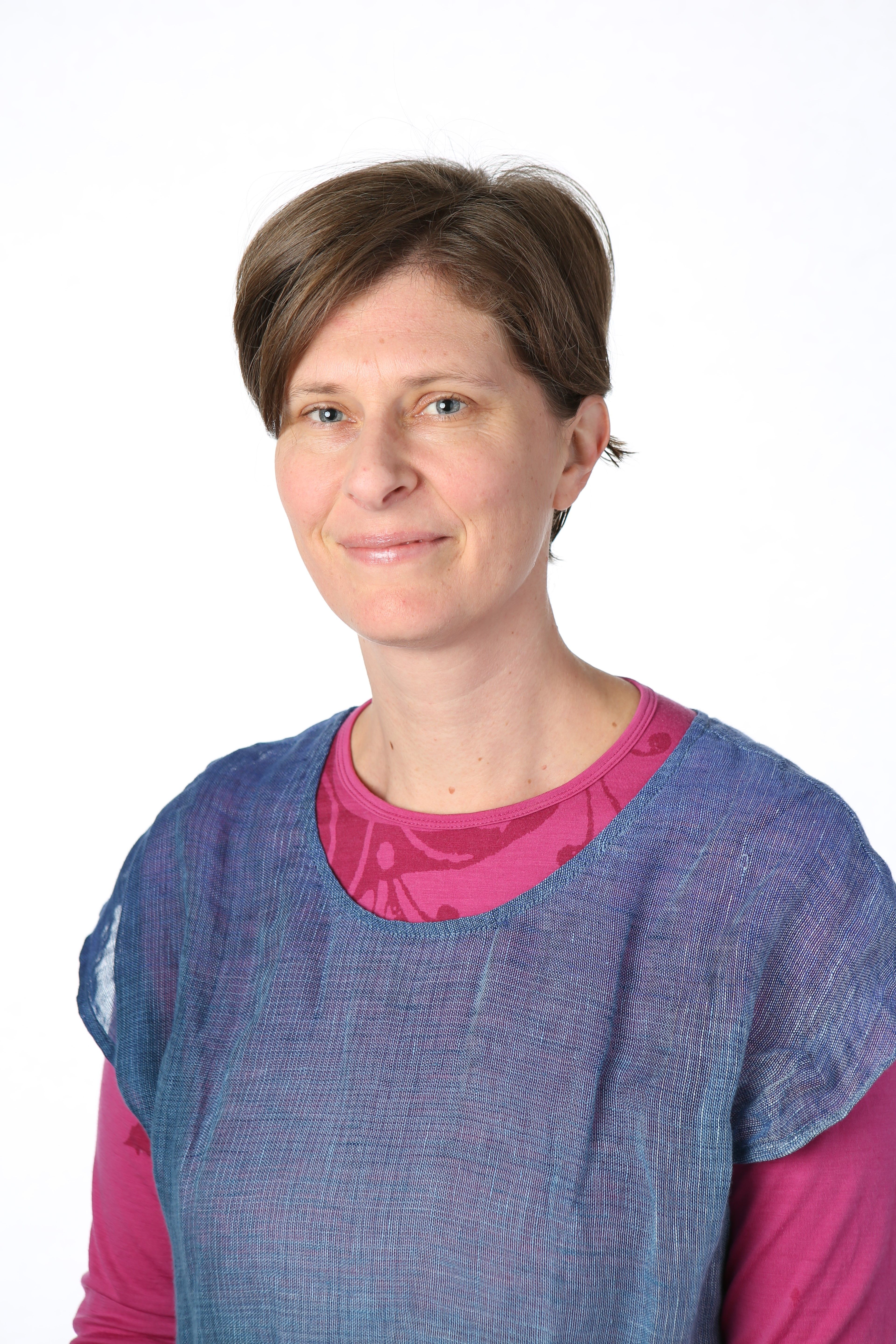- Acne
- Actinic Keratosis
- Aesthetics
- Alopecia
- Atopic Dermatitis
- Buy-and-Bill
- COVID-19
- Case-Based Roundtable
- Chronic Hand Eczema
- Drug Watch
- Eczema
- General Dermatology
- Hidradenitis Suppurativa
- Melasma
- NP and PA
- Pediatric Dermatology
- Pigmentary Disorders
- Practice Management
- Precision Medicine and Biologics
- Prurigo Nodularis
- Psoriasis
- Psoriatic Arthritis
- Rare Disease
- Rosacea
- Skin Cancer
- Vitiligo
- Wound Care
Publication
Article
Dermatology Times
Fewer follow-ups for localized melanoma
Author(s):
Some melanoma patients prefer fewer follow-up visits, but only if self-skin examinations were utilized at home or teledermatology implemented for a quick assessment.

Katy J. L Bell, Ph.D.

A recent study in JAMA Dermatology shows that some melanoma patients prefer fewer follow-up visits, but only if self-skin examinations were utilized at home or teledermatology implemented for a quick assessment and resolution of suspicious lesions. Such an approach could save significant time and cost for both patients and their health providers.
The incidence in melanoma, particularly in countries with predominantly European ancestry (i.e. lighter Fitzpatrick skin types) is on the rise. As such, more people previously treated for localized melanoma (AJC stage 0-II) are now in routinely scheduled follow-up for the detection of recurrent or new primary melanoma (clinician-led surveillance), with a trend to increasing visit frequency for such patients. However, the increase in routinely scheduled follow-up screening visits has a major impact on clinicians’ time and healthcare costs.
“Patient-led skin surveillance with the help of some form of teledermatology is an alternative model for lower-risk patients that can potentially save significant time and healthcare costs while allowing early detection of recurrent or new primary melanoma,” said Katy J. L. Bell, Ph.D., The University of Sydney School of Medicine, Faculty of Medicine and Health, Sydney, Australia, and lead author of the study.
Dr. Bell and fellow colleagues conducted a study to determine the proportion of patients treated for localized melanoma in an Australian specialist center who prefer the standard scheduled visit frequency (as per Australian guideline recommendations) or fewer scheduled visits (adapted from the Melanoma Follow-up [MELFO] study of reduced follow-up). Telephone surveys were performed that included the data of 262 randomized patients who agreed to interview and had undergone localized melanoma treatment. Patients’ Skin self-examination (SSE) practices were also assessed.
Results showed that among the 230 patients who did not have a recurrent or new primary melanoma, 149 patients preferred the standard follow-up scheduling compared to 81 patients who preferred the fewer clinic-based follow-up visit option (70% vs 30% after adjusting for sampling frame). Factors independently associated with fewer visit preference included a higher disease stage, melanoma on a limb, living with others, not having private health insurance, and seeing a specialist for another chronic condition. It was also found that 40% of patients did not perform SSE or did so at greater than three-month intervals.
“Patients seem to accept the visit frequency recommended by clinicians, and clinicians may recommend fewer visits provided they are reassured of the safety of doing this-with participant ability in skin self-examination a key determinant. Using online videos and smartphone apps to instruct, prompt, and record skin self-examination, and to facilitate teledermatology may increase patient detection of recurrent and new melanoma and allow scheduled visit frequency to be reduced,” Dr. Bell said.
Melanoma patients might generally prefer routinely scheduled visits because of the face-to-face encounter with the physician and because they might not be 100% comfortable or confident in using resources to support SSE.
According to Dr. Bell, patient-performed teledermatology, with or without the use of dermoscopy devices, is an acceptable and useful tool to triage individuals with new skin lesions for diagnosis however diagnostic accuracy remains an important unknown factor. Before teledermatology becomes mainstream, Dr. Bell said that more research is needed to investigate safety and effectiveness on clinically relevant outcomes, and effects on resource use.
The adoption of a model for the post-treatment follow-up of localized melanoma consisting of SSE with access to rapid clinical review (within two weeks) could decrease worry and cost of scheduling regular visits while retaining the benefits of early detection. However, before a change in current practice is implemented, Dr. Bell believes that strong evidence from randomized controlled trials is required to ascertain that patient-led surveillance is beneficial and works well for the patient, doesn’t increase resource utilization through too many false alarms and unnecessary clinic visits, and is accepted by patients and clinicians and doesn’t increase patient anxiety.
REFERENCE
Lim WY, Morton RL, Turner RM, et al. Patient preferences for follow-up after recent excision of a localized melanoma. JAMA Dermatol. 2018 Apr 1;154(4):420-427. DOI: 10.1001/jamadermatol.2018.0021.






























